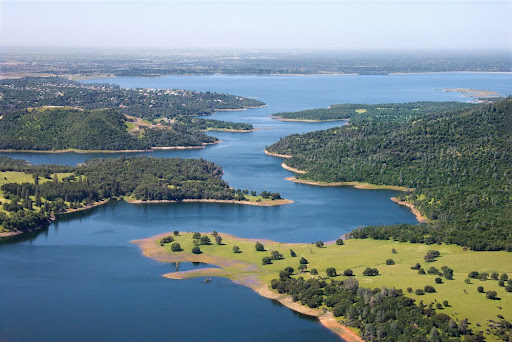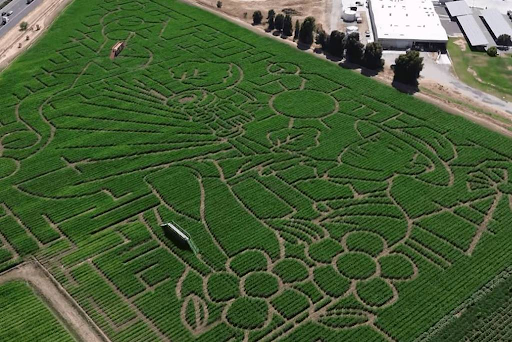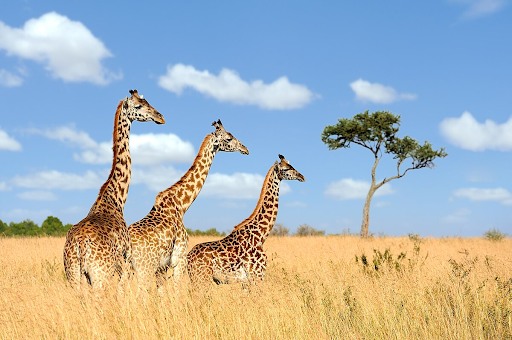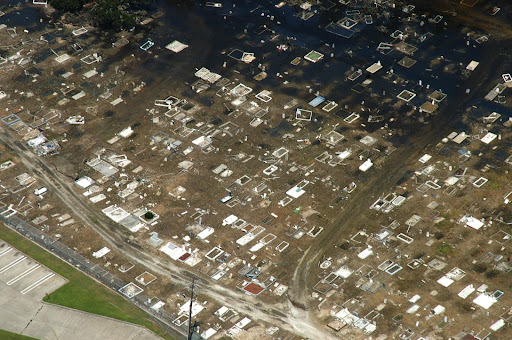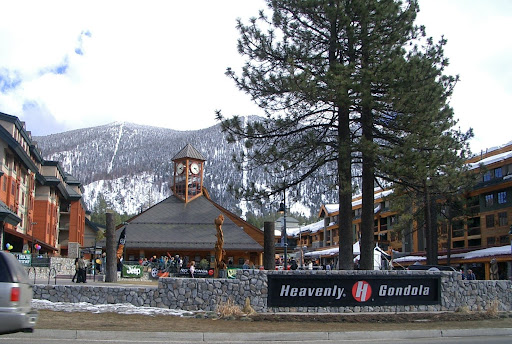Folsom Lake is a reservoir on the American River in the foothills of the Sierra Nevada mountain range in Folsom, CA. The lake’s surface area is 11,500 acres and its elevation is 466 feet from sea level. It has 75 miles of undulating shoreline. The lake is located in three counties: Placer, El Dorado, and Sacramento counties. It is approximately 25 miles north of Sacramento.
In 1955, Folsom Dam was built with the goal of containing the American River, which is a 119-mile-long river that runs from the Sierra Nevadas to downtown Sacramento and a part of the San Francisco Bay watershed. The dam and reservoir are a part of the “Folsom Project”. The “Folsom Project” was operated by the United States Bureau of Reclamation and a part of the “Central Valley Project”, a plan to provide flood control, hydroelectric power, drinking water, and water for crop irrigation.
The dam was designed to hold 976,000 acre-feet of water with a surface area of 11,450 acres. The dam itself is 1,400 feet wide and 340 feet high. The structure is reinforced concrete with about 9 miles of earth fill wing dams extending into the river and dikes supporting the surrounding area.
In 2013, during the 2011-2017 CA droughts, the historic town known as “Mormon Town” was revealed due to dropping surface levels. In June 2021, The remains of a plane were found submerged in the water. The plane was found to have crashed back in 1986.
The Folsom State Recreational Area encompasses the lake, being managed and operated by the California Department of Parks and Recreation. The lake upholds a large number of popular recreational activities, with 85% of them being aquatic. The area is designed for hiking, biking, and camping, with the lake being commonly used for swimming, boating, fishing, paddle boarding, kayaking, water skiing, and horseback riding.
There are multiple entrances to the recreation, including two major freeways, Interstate 80 and U.S. Route 50. There are also several local roadways that access the area, such as Douglas Boulevard, Auburn-Folsom Road, East Natoma Street, Green Valley Road, and Salmon Falls Road.
There are three major day-use beaches: Granite Bay, Beals Point, and Folsom Point.
A variety of foliage litters the area, with numerous trees including but not limited to California Buckeyes, Oracle Oaks, and Gray Pines. Wildflowers also decorate the landscape with vibrant Indian paintbrush, California Poppies, and more. In the area, you may run into coyotes, gray foxes, rabbits, skunks, raccoons, rabbits, black-tailed deer, squirrels, braves, opossums, and occasionally, mountain lions, bobcats, and black bears.
With summer coming up quickly, it’s important to be educated about Roseville’s number one aquatic and recreational destinations. Stay safe and educated at Folsom Lake this year.


